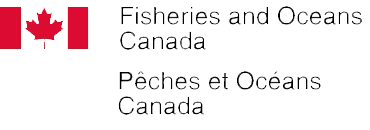Converse Marsh Managed Realignment Site
RESTORATION TRAJECTORY: SPOTLIGHT ON SEDIMENT DEPOSITION
Sediment dynamics were measured in several different ways at the Converse Marsh site, including using Sediment Elevation Tables (SET, RSET) to measure elevation change and using marker horizons to measure vertical accretion. Direct measurements of the marsh surface were also taken, using RTK GPS and Remote Pilot Aircraft Systems to get detailed measurements of elevation changes over the whole site.
Rather than only using RSETs, employing remote imagery at the Converse site makes it possible to see how the elevation is changing over the entire site. Over the whole marsh, remote imagery showed that average vertical change from 2019 to 2020 was 4.3 cm for single year. Compared to a 0.44 cm/year rate of sea level rise, this indicates that the marsh is keeping pace with rising water levels.
Left image: the rate of change in surface elevation, with the dotted red line indicating the rate required to match the pace of sea level rise. Right image: the vertical change at Converse (Nov. 2019 - Oct. 2020) based on a digital elevation model of difference (Samantha Lewis, MSc Thesis, 2022).
These results also showed that although sediment was lost at the mouth of the main inlet, net sediment was gained over the rest of the site. This means that the marsh is trapping sediment that is coming into the site from the Bay. This inflow of new sediment from outside of the site is an important aspect of successful salt marsh restoration.








